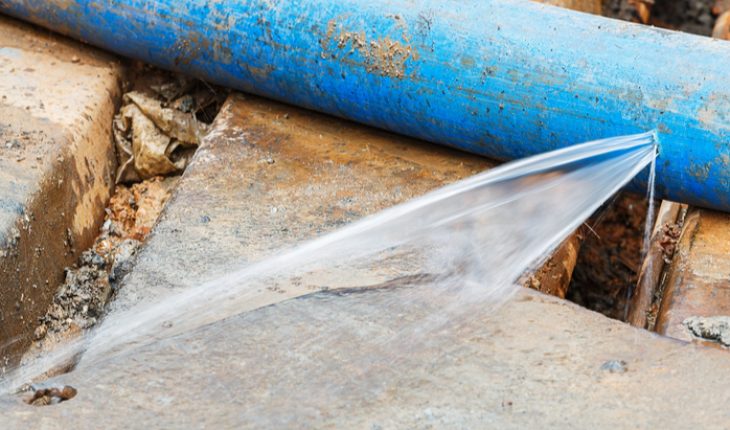When we first started looking at short-term outcomes for patients who had recently undergone a minimally invasive procedure to fix aortic aneurysm called EVAR (endovascular aneurysm repair), we were delighted and relieved. This technique, which involved threading a tiny flexible tube through the artery in the groin and positioning it within the swollen area of the aorta main artery of the body was first introduced in 1999 and is now one of the most common ways of dealing with this life-threatening condition.
Mortality rates after six months were 42 per cent better than those for the conventional ‘open surgery’ patients
Mortality rates after six months were 42 per cent better than those for the conventional ‘open surgery’ patients. Open aneurysm repair involves making a large incision in the belly while the patient is under general anaesthetic and complications include bleeding and chest problems. EVAR patients needed much less time in hospital recovering and also reported less pain and quicker return to normal life.
Patients in the the longest running study of its kind were followed up after a period of five years. We found that there was no difference in mortality rates between the two groups after five years and up to 10 years. However, we did become aware that some people who had undergone EVAR were dying due to the aortic sac expanding again around the device. This seemed to be happening because leakage around the EVAR device had been going on for some time, causing dangerous pressure build up at the original aneurysm site.
Lack of annual device assessment had meant that this problem had not been detected until it caused a major rupture of the aorta (secondary rupture). Patients who underwent open surgery were more likely to suffer blood loss during surgery but these could be corrected at the time of surgery. But leaks after EVAR can remain unnoticed because the area is not opened to direct visual inspection.
EVAR patients who underwent the procedure 8 to 15 years ago are four times more likely to suffer an aneurysm-related death compared to patients who received open heart surgery
We have just published results of a longer term follow-up study of 1252 UK patients, which appears in the latest issue of The Lancet, which shows that EVAR patients who underwent the procedure 8 to 15 years ago are four times more likely to suffer an aneurysm-related death compared to patients who received open heart surgery.
Clearly, this is worrying and should be a wake-up call to doctors around the world who deal with patients who have undergone EVAR in the past. These patients need to be monitored at least once a year, compared to the current situation where patients receive scans far less often.
The good news is that EVAR techniques have been improved and refined since 1999 and the materials for the stents are made from high-tech materials. Furthermore, 3D imaging has emerged which makes it much easier for a surgeon to fit these devices accurately, minimising risks of leaks. However, there is no room for complacency. As well as regular checks, patients need to be informed at the decision-making point that EVAR does have more potential risks than open surgery, but only after an extended period of time. It is safer than open surgery in the short to medium term. People may want to make informed decisions about what type of necessary life-saving surgery they wish to have, bearing in mind their age and their own priorities.
- Fixing the body’s leaky pipes - 29th January 2017






